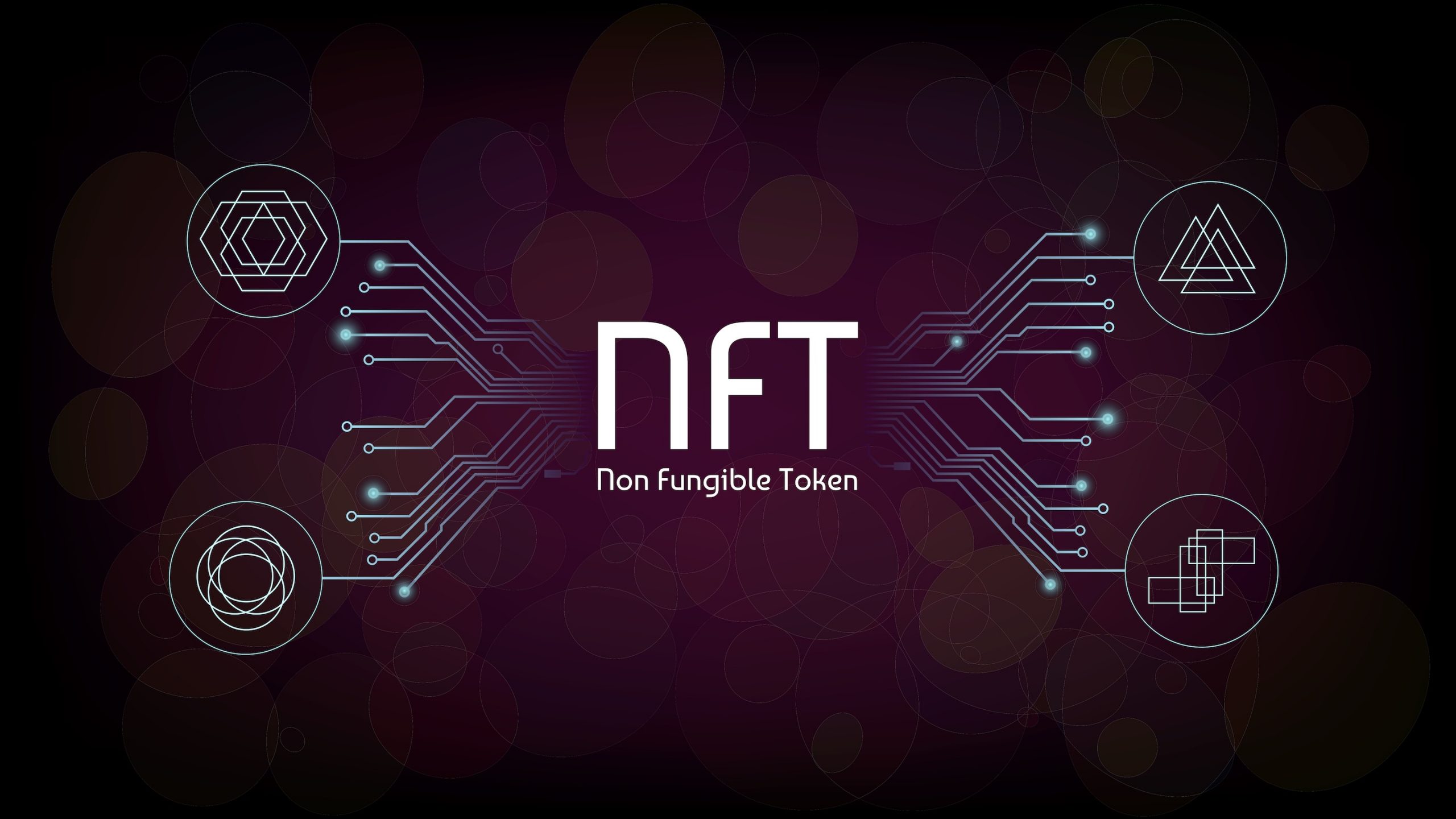Since the beginning of the year, the non-fungible token, or NFT, market cap has exploded—clocked at 1785% increase to the end of March (Forbes) and despite popular confusion on what an NFT actually is, what is more puzzling is what makes them valuable assets to create or acquire.
“Fungible” tokens are modes of currency that are mutually interchangeable like a wrinkly 100-dollar bill, and the two, crisp 50s grandma snuck into your hand on your last birthday, wink- wink. If Bitcoin is a fungible digital currency, then NFTs are unique digital assets resembling collectibles–ranging from Nyan Cat .gifs, in-game content, and rare Pokemon cards to digitization of iconic pieces like the Louvre’s “Mona Lisa.” NFTs are distinctive and speculatively exchanged, and so create a digital “scarcity” seen in one-of-a-kind pieces on the physical plane.
NFTs contain a time stamp, transaction data, and a secure, one-way crypto-hash reading of all the previous block info on the blockchain. This makes the technology safe by design, feasibly tamper-proof, and generally removes risk considerations. With new ventures, comes the need for security and companies like Insured Finance promise that “NFTs stored within the[ir] vault will be fully insured at their market value.”
Industry leaders confirm that strict implementation of KYC/AML (know your customer / anti-money laundering) standards will help deter problems as their relevance emerges. Jimmy McMillian, a QC Senior, isn’t new to making substantial sums investing in cryptocurrencies. “I wouldn’t invest in [NFTs] because it is not a commodity backed by any real value,” McMillian said.
When you purchase an NFT, you are buying a ‘certificate of authenticity’ for some virtual or physical effects, each as exceptional as a thumbprint or a credit card: no two are the same, even if the image or video content appears identical. While it is possible to see replicas of a work in any corner of the internet, like an album from your favorite artist, an NFT comes with a certifiable “ink” on the blockchain that verifies the album you have is a “real” one, figuratively speaking. Some have likened it to an “autographed” digital copy of the item.
The concept of a contract of authenticity is kind of abstract for the larger community used to exchanging currency for tangible commodities. You do not own the actual work itself, as the artists often retain creative and intellectual rights. While this may seem a bit obscure, consider the perspective of Connor Williams, video content artist and crypto investor, “I will say that I think it’s really exciting that there are permanent royalties attached to an NFT, so as rich people trade the token the artist makes money every time. That part is fucking great.”
In this way, artists have more direct interface with their consumers, those buyers’ names permanently inscribed in the ledger of the blockchain. Some collectors are excited at the prospect that NFTs might be the digital evolution of fine-art collecting, hoping their NFTs will appreciate, while most creators are happy to have more control over their work. “I’m not a fan of the ‘hope’ part,” joked McMillian.
There has been rapid growth, a speculative bubble, referring to the astounding prices that may not be representative of worth but, also, a projection of the tech and its marketplace potential in the future. With increasing consumer knowledge and coverage from mainstream [financial] media, prices have been inflated by hype as credibility is borrowed from participants in the market. This year, the esteemed Christie’s auction house sold an NFT created by Beeple, an artist known as Mike Winklemann, closing for a whopping $69 million.
NFTs have found their way into the realm of sports, having high-profile investors in Michael Jordan and Kevin Durant. The league taking its cut, NBA video highlights have been sold for 200 million dollars in the month of February alone. Bringing back the retro appeal in digital trading cards and clips, a LeBron James NBA Top Shot Moment was sold for a record 208k on the platform.
Meanwhile, creators are turning to Ethereum-based marketplaces like Mintable.app, Opensea, SuperRare, or Rarible in droves hoping to “mint” their own valuable commodity. “Honestly, at the end of the day, if somebody will pay for it, then you can sell it,” says Winkelmann.











